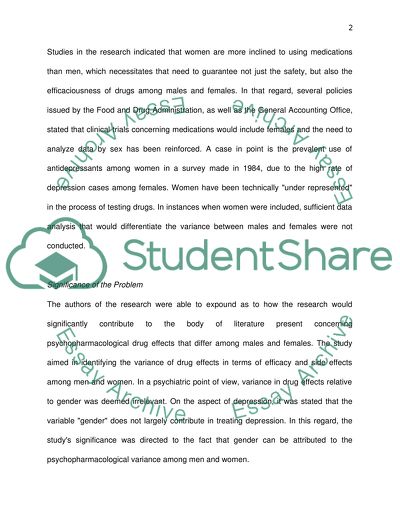Cite this document
(“Sex and Gender as Critical Variables Article Example | Topics and Well Written Essays - 2750 words”, n.d.)
Sex and Gender as Critical Variables Article Example | Topics and Well Written Essays - 2750 words. Retrieved from https://studentshare.org/psychology/1401795-sex-and-gender-as-critical-variables
Sex and Gender as Critical Variables Article Example | Topics and Well Written Essays - 2750 words. Retrieved from https://studentshare.org/psychology/1401795-sex-and-gender-as-critical-variables
(Sex and Gender As Critical Variables Article Example | Topics and Well Written Essays - 2750 Words)
Sex and Gender As Critical Variables Article Example | Topics and Well Written Essays - 2750 Words. https://studentshare.org/psychology/1401795-sex-and-gender-as-critical-variables.
Sex and Gender As Critical Variables Article Example | Topics and Well Written Essays - 2750 Words. https://studentshare.org/psychology/1401795-sex-and-gender-as-critical-variables.
“Sex and Gender As Critical Variables Article Example | Topics and Well Written Essays - 2750 Words”, n.d. https://studentshare.org/psychology/1401795-sex-and-gender-as-critical-variables.


